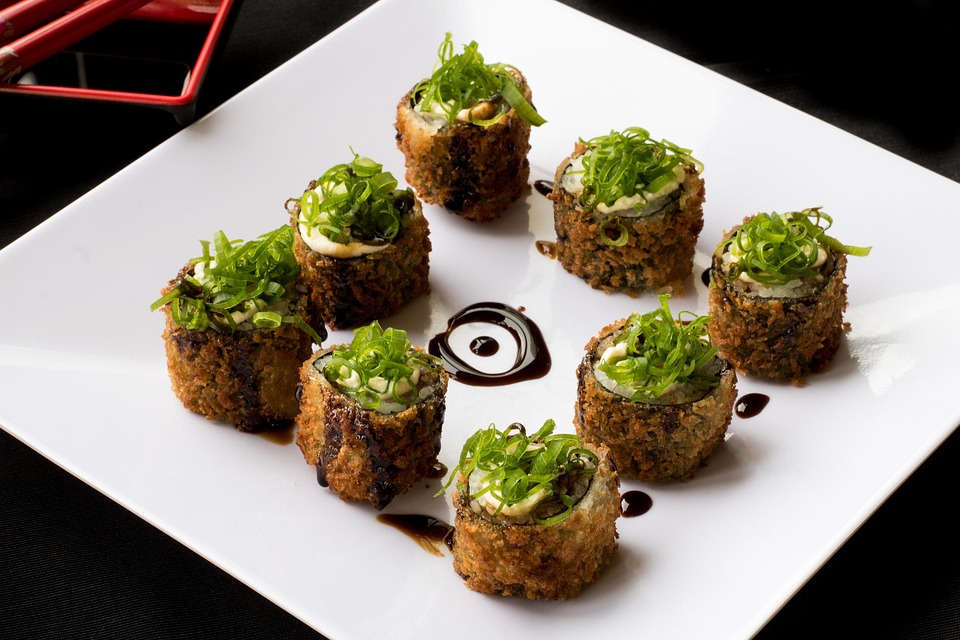Japanese cuisine, often celebrated for its delicate flavors and aesthetic presentation, is far more than a means to satisfy hunger; it embodies a philosophy of harmony that reflects the principles of Zen Buddhism and traditional Japanese culture. In this article, we explore how the elements of Japanese food—seasonality, simplicity, and presentation—illustrate a profound way of living that connects people, nature, and the act of eating itself.
The Essence of Seasonality
One of the hallmarks of Japanese cuisine is its deep respect for the seasons. This philosophy, known as "shun," emphasizes that food should be consumed at its peak freshness. Seasonal ingredients not only taste better, but they also mirror the cyclical nature of life. For instance, cherry blossoms herald the arrival of spring and inspire culinary creations like sakura mochi, while fall is celebrated with dishes featuring chestnuts and persimmons.
This alignment with nature encourages mindfulness. By eating with the seasons, individuals cultivate an awareness of their surroundings and a reverence for the earth’s cycles. The appreciation for seasonal ingredients manifests in meals that are both exquisite and grounded in the reality of our environment, embodying the Zen principle of living in harmony with nature.
Simplicity in Complexity
The concept of "wabi-sabi," which focuses on the beauty of imperfection and transience, is another guiding principle in Japanese cuisine. While dishes may seem simple, they often present a complexity that reveals the skill and thoughtfulness behind them. Take, for example, sushi: a few carefully chosen ingredients—fresh fish, seasoned rice, and perhaps just a hint of wasabi—come together to create a dish that celebrates purity and precision.
This emphasis on simplicity encourages an appreciation for each ingredient’s unique flavor and texture. The minimalist approach allows diners to experience food without overwhelming flavors or distractions, creating a harmonious balance that soothes the senses. Eating in this manner promotes mindfulness and reflection, inviting a deeper connection with each bite.
Artful Presentation
Japanese culinary art is renowned for its meticulous presentation. The aesthetic arrangement of food, known as "kōsō," transforms meals into visual delight. Each dish is thoughtfully composed, harmonizing colors, shapes, and textures. The presentation serves not just as a feast for the eyes but also reflects the Zen belief in the beauty found in everyday life.
For instance, kaiseki, a traditional multi-course meal, illustrates this principle beautifully. Each course is served on unique, handcrafted plates that complement the seasonal ingredients and the dish’s theme. The mindfulness involved in selecting the right vessel, the careful arrangement of each element, and the overall atmosphere of the dining experience creates a sense of tranquility that is central to the Zen philosophy.
The Role of Ritual
In Japan, the act of preparing and consuming food is often ritualized. The tea ceremony, or "chanoyu," is one of the most revered practices, demonstrating the principles of harmony, respect, purity, and tranquility. This ritualistic approach extends to everyday meals, where family or friends gather to share food, reinforcing social bonds and creating a communal atmosphere.
These rituals encourage participants to slow down and savor the moment. By engaging in the act of eating with mindfulness, one can reflect on the interconnectedness of life, fostering a sense of gratitude for the nourishment provided by the earth.
Conclusion
Japanese cuisine is a tapestry woven from the threads of nature, simplicity, art, and ritual. It embodies the philosophy of harmony that is central to both Zen Buddhism and Japanese culture. Through an appreciation for seasonal ingredients, a commitment to simplicity, an emphasis on aesthetic presentation, and the practice of rituals, Japanese food transcends mere sustenance, offering a path toward mindfulness and interconnectedness.
By embracing these principles, we can not only enhance our culinary experiences but also cultivate a deeper awareness of our own lives, echoing the harmony that defines the essence of Japanese cuisine. In every meal, there lies an opportunity to reflect, appreciate, and connect with the world around us—a true embodiment of Culinary Zen.



